French Army Museum and Napoleon’s Tomb
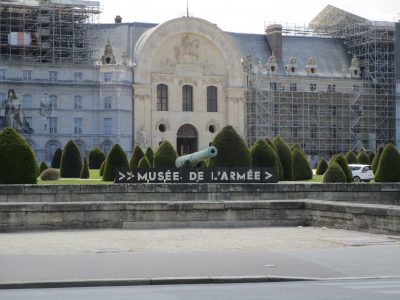 By Robert Kelly
By Robert Kelly
I retired from the Canadian Public Service in early April. Within a few days my wife and I were on our way for the “Retirement Grand Tour of Europe”.
As my wife is from Denmark, we set up our Forward Operating Base in Aarhus, Denmark’s second-largest city. Besides a one-week Baltic Cruise out of Copenhagen with stops in Stockholm, Helsinki, and Tallinn, our plan was every week or so we would see what deals Ryanair had.
If we could find cities with good hotel deals at the same time, we would make our bookings. My wife had always wanted to go to Paris so that was our first trip “outside the wire”.
As we went in May, the tourist season hadn’t fully started, so prices were still reasonable. But then coming from Denmark, everywhere else in Europe is reasonably priced.
It is located not far from the river Seine and is easily accessible by bus, Metro, or Train.
We took the Metro. The French Army Museum is massive. Home – Musée de l’Armée (musee-armee.fr) It is on the site of a former military hospital and is a very impressive complex. It is broken down into 10 sections, each a museum in themselves.
They are the Tomb of Napoleon, Arms and Armour, 17 to 19th centuries, the World Wars, Extraordinary Cabinets, Charles de Gaulle, Saint Louis Cathedral, temporary exhibits, the Order of the Liberation, and Historical Scale Models.
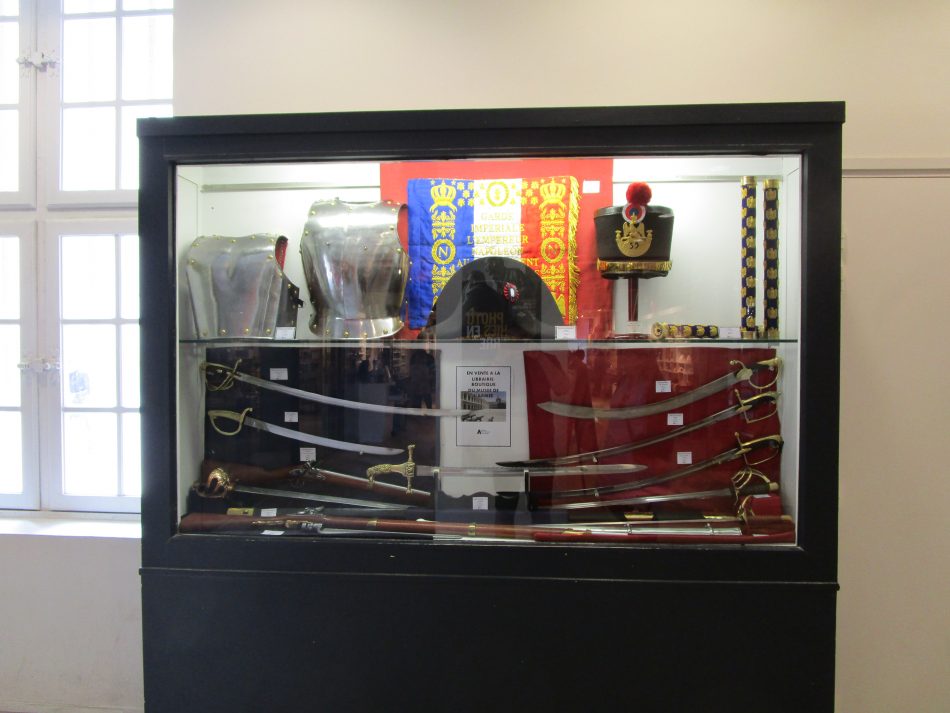
My wife is a good sport, but I didn’t want to bore her too much, so I only made it to about half the museum. She tagged along with me for a while and then spent the rest of the time at the café. There is also an excellent gift shop that was well stocked with books. All of them in French, unfortunately. Admission to the museum cost 14 euros. I forgot to see if I could get the veteran’s discount/free admission with my Canadian Forces ID.
The first place you see is the gift shop. And as I mentioned it was rather nice. Here are some of the more high-end items at the gift shop.
Some books were very tempting if they were in English, though I’m sure I could have muddled through as they had a lot of pictures.
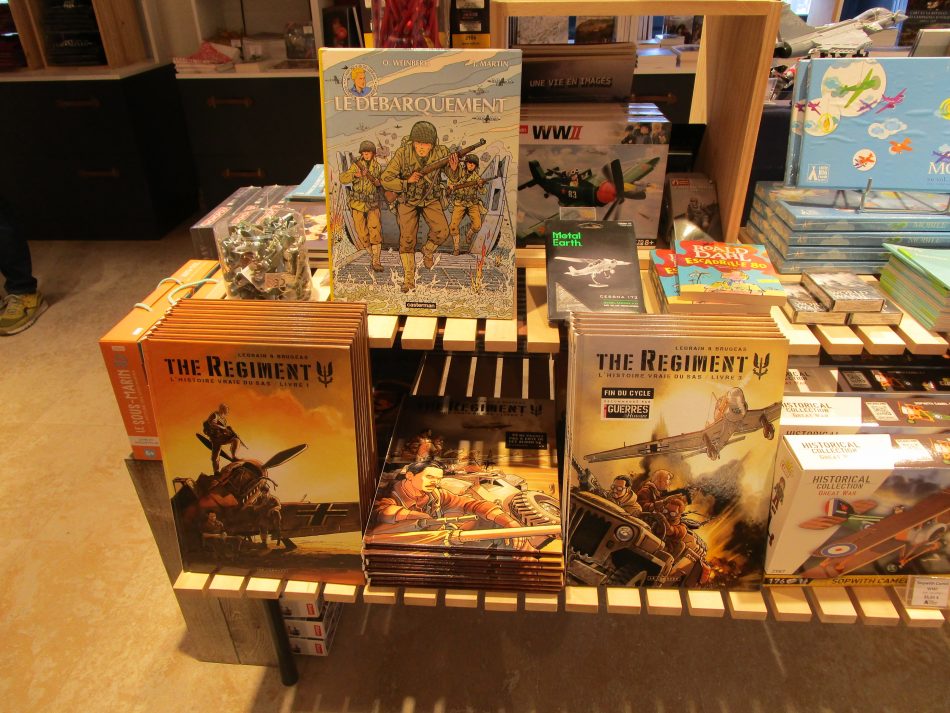
We started off by exploring the two World Wars exhibits. The lighting in the museum was not very good, so I did my best with my little camera. That was in order to preserve the over 500,000 artifacts from light damage.
As expected they had many WW1 uniforms.
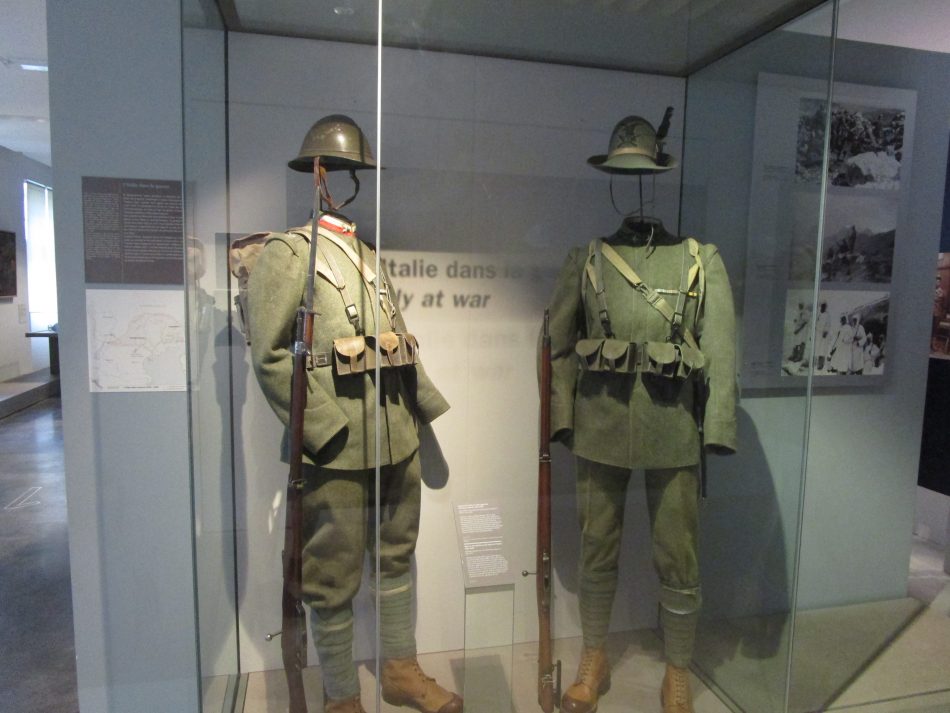
A little bit of American content.
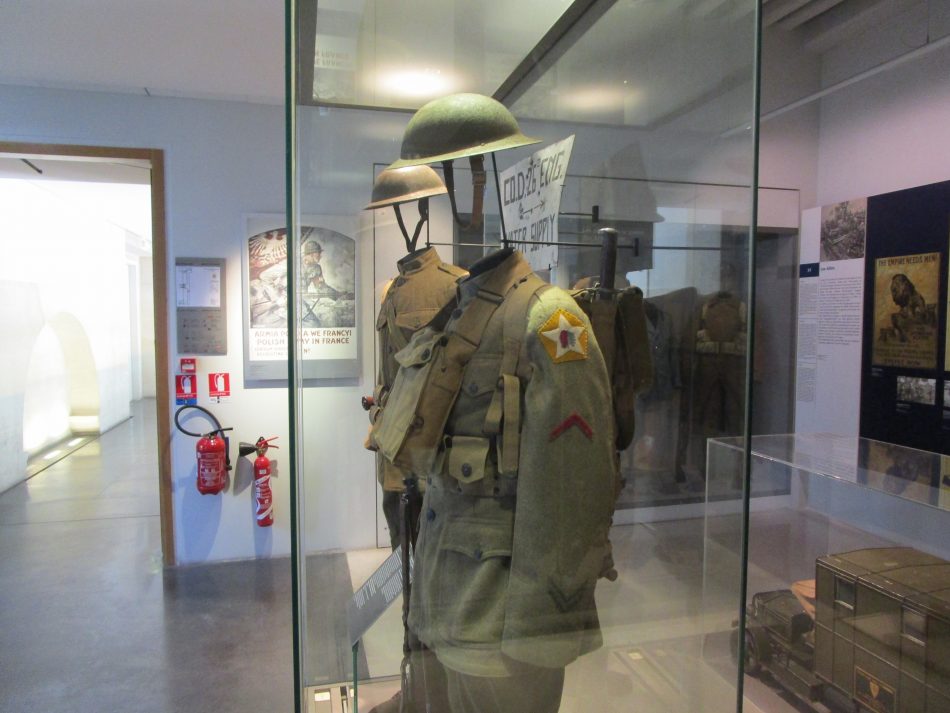
And the Commonwealth. However, no mention of Canadians.

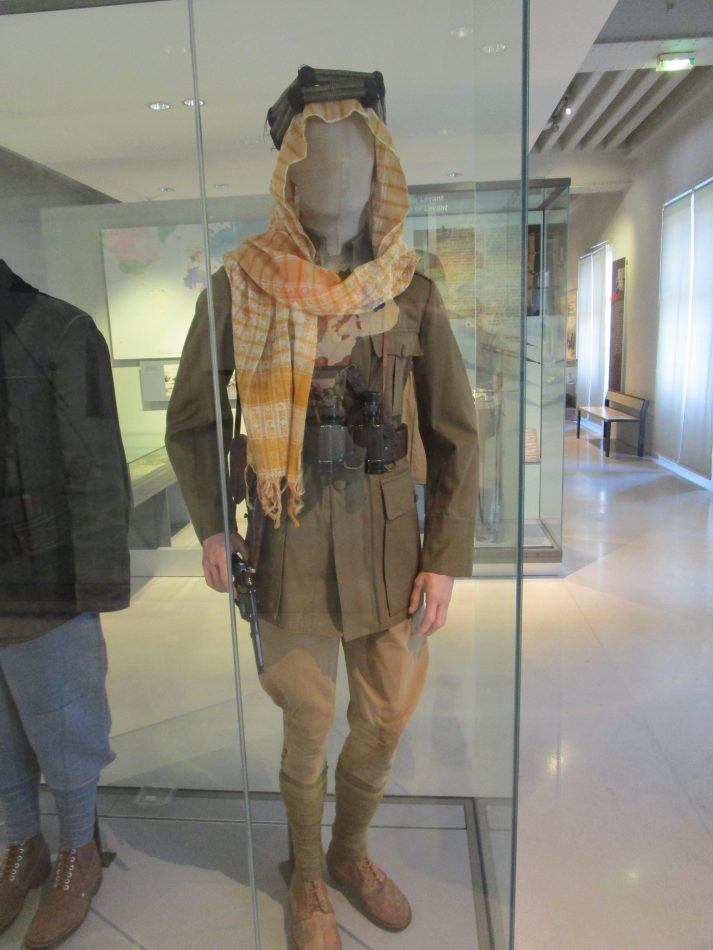

What they did really well at this museum is displays of all the kit a soldier would be issued. I always like this kind of thing and compare it to what I had been issued during my time in the army.

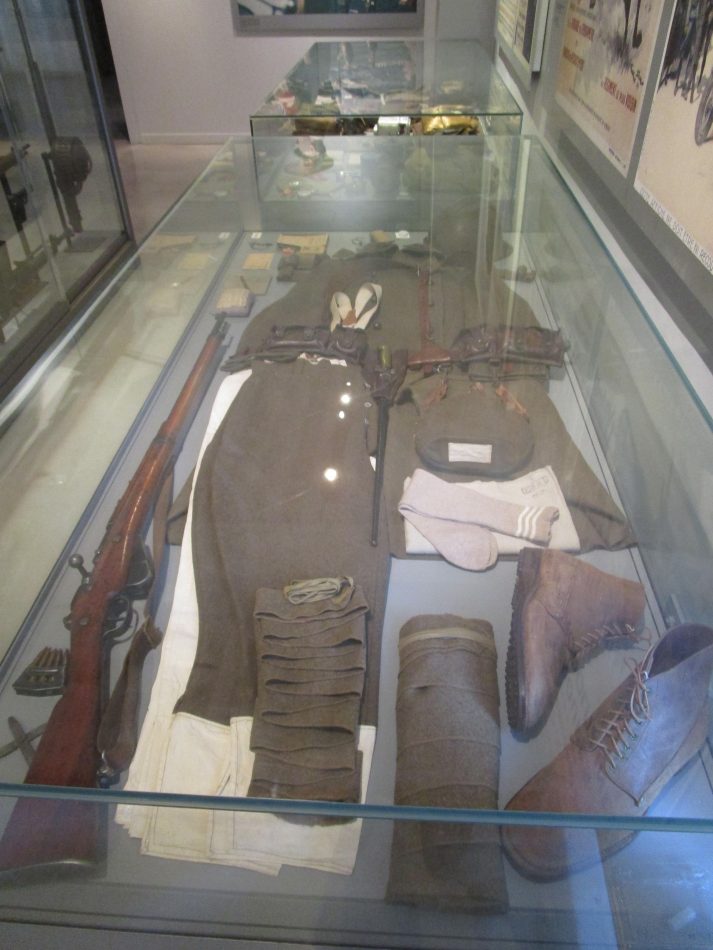

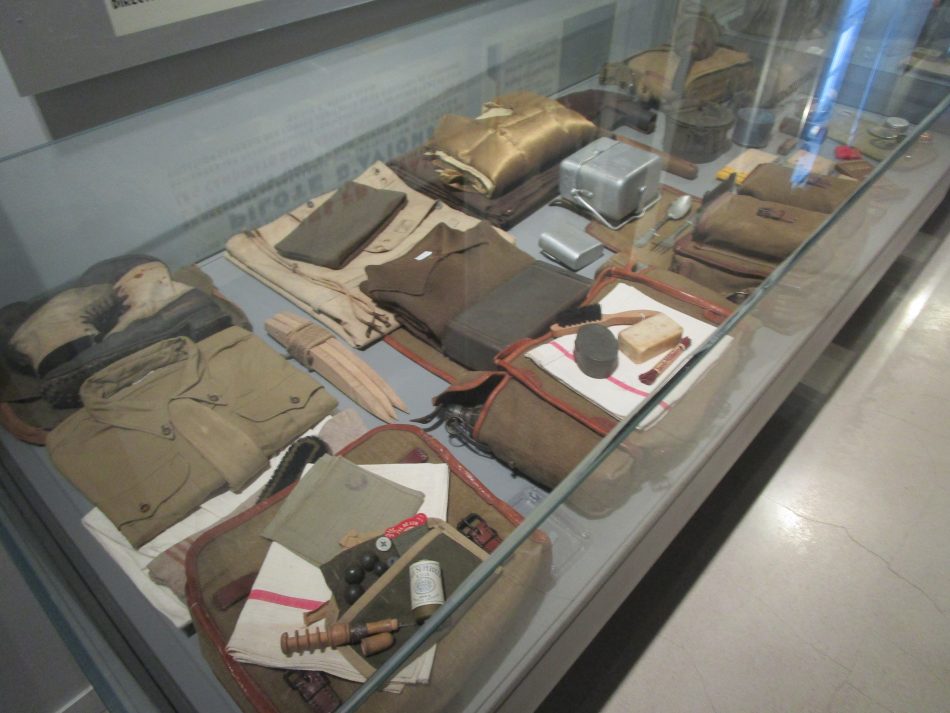
Moving on to WW2, they have some inspiration for those who like to game Early War in Flames of War.
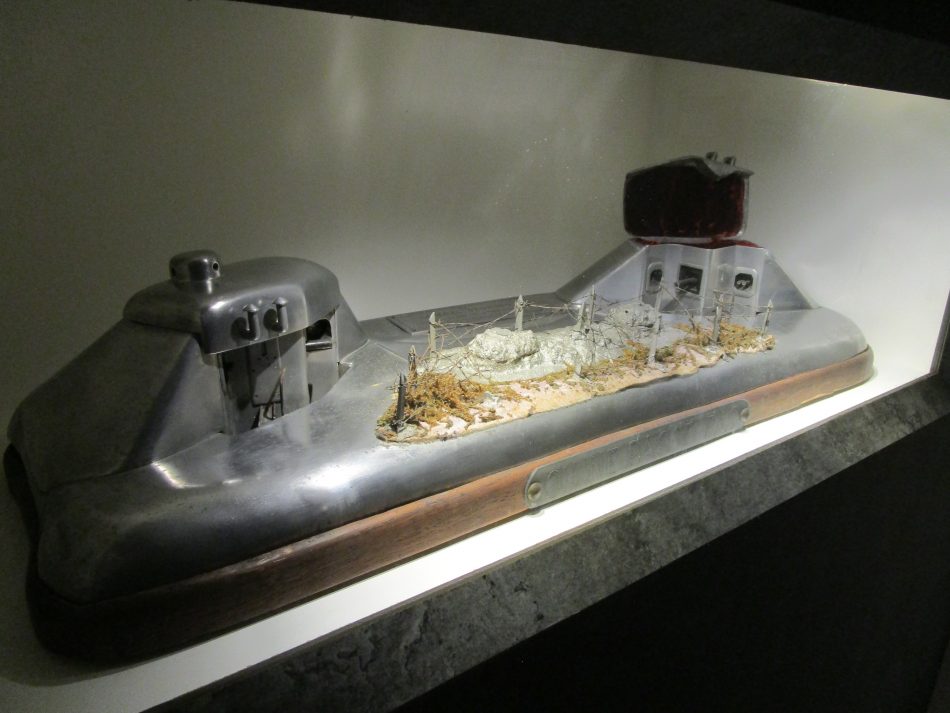
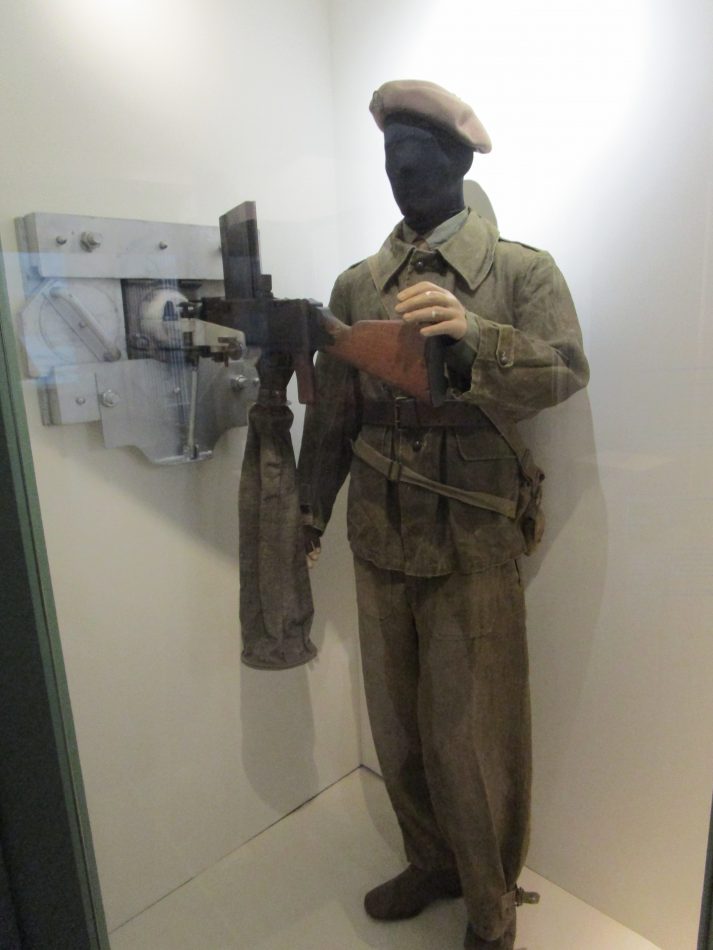
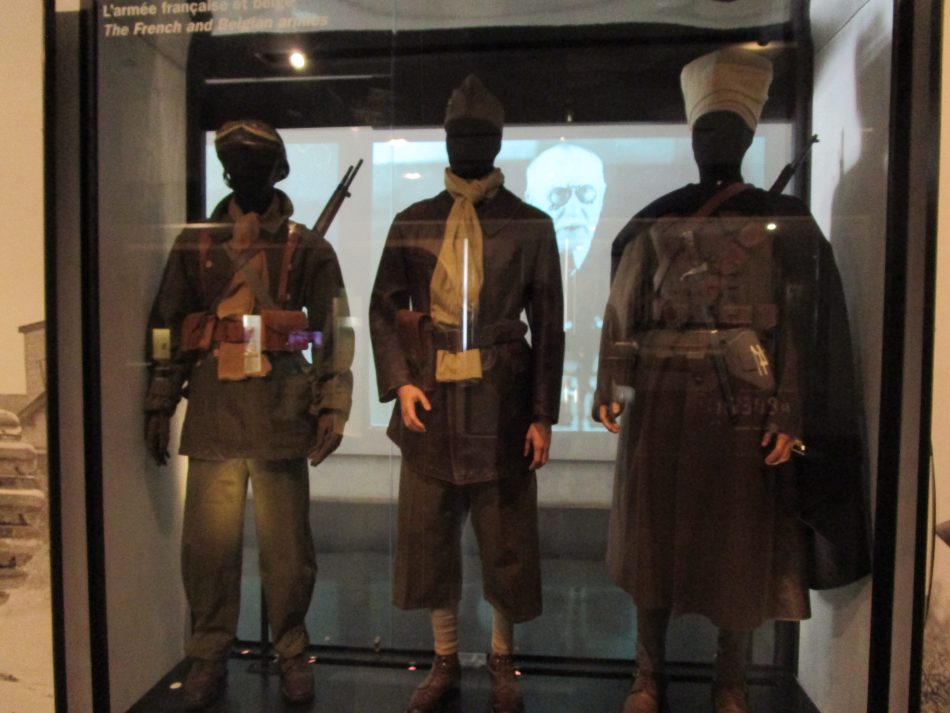
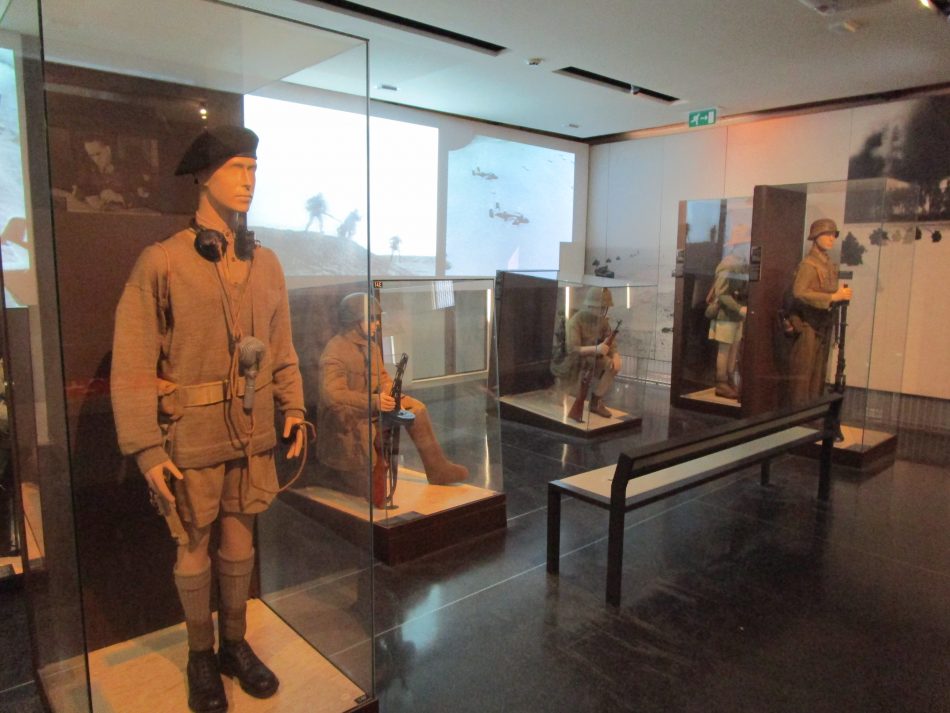
Like many museums, they don’t have a lot of large vehicles. They house them in separate tank museums. Unfortunately, I didn’t get to visit their tank museum.

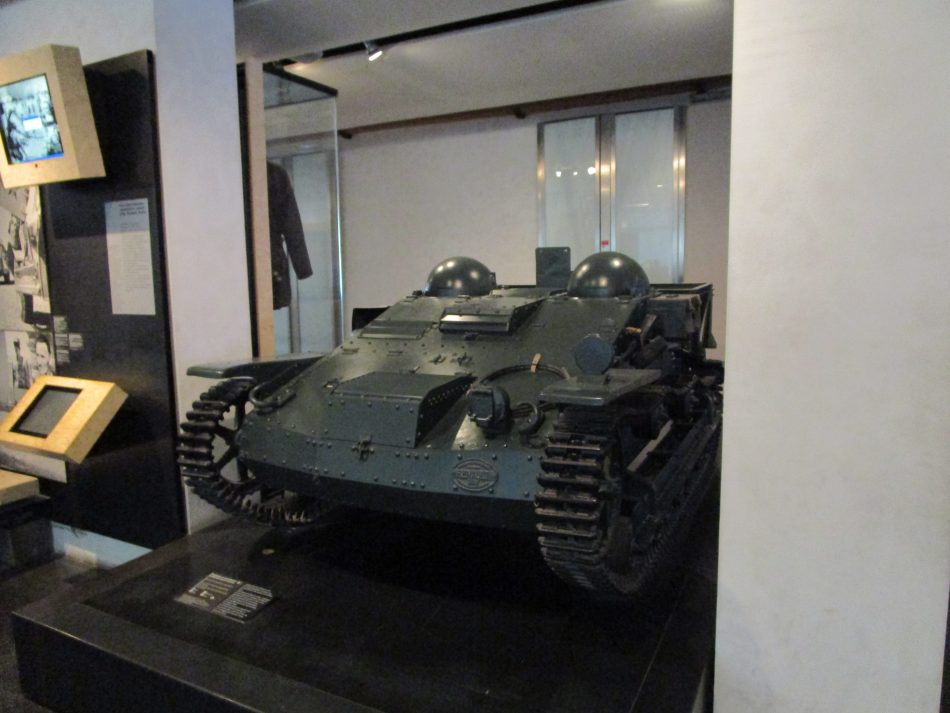
Again, they do an excellent job of showing the soldier’s kit. Here is some more American content.
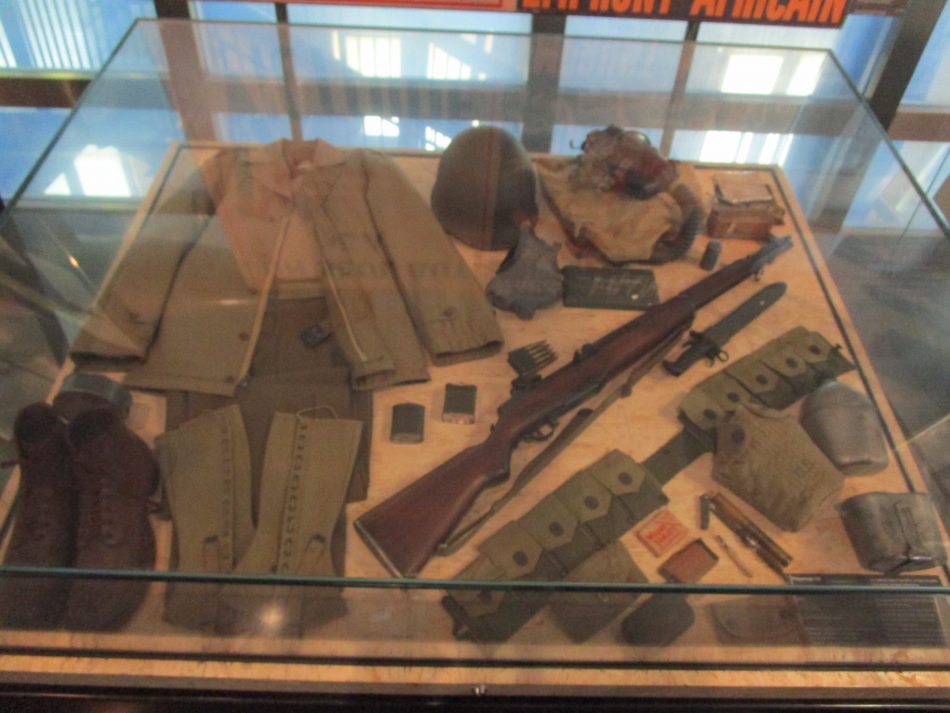


This appears to be a high-altitude paratrooper. I’ve never heard of them in WW2, but they looked very interesting.
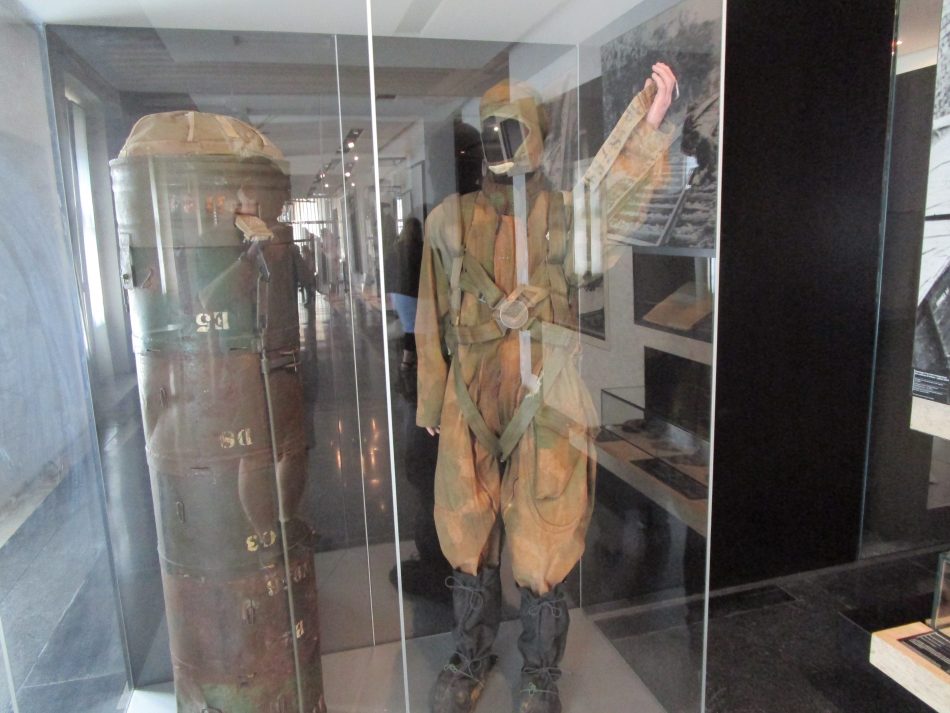
And a handy painting guide for the French Goums.

They also had some allied mannequins from the D-Day period and beyond, but nothing out of the ordinary. Still impressive though. They also had some uniforms from the Pacific theatre and the usual weapons displays. I believe that this was de Gaulle’s jeep.

After looking at the two world wars we went over to Napoleon’s tomb. As expected, it was very impressive. I think my wife tolerated WW1 and 2, but she found the tomb to be very interesting. He is laid to rest in the dome of the Invalides. There are other notable French military figures and members of Napoleon’s family buried in the dome, but Napoleon’s tomb takes centre stage.


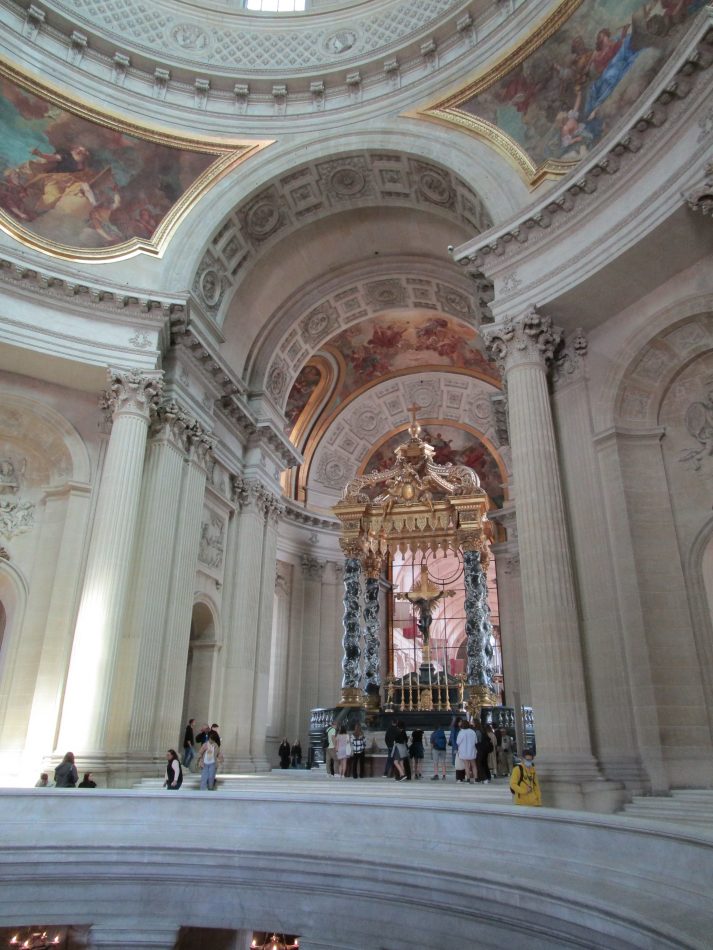
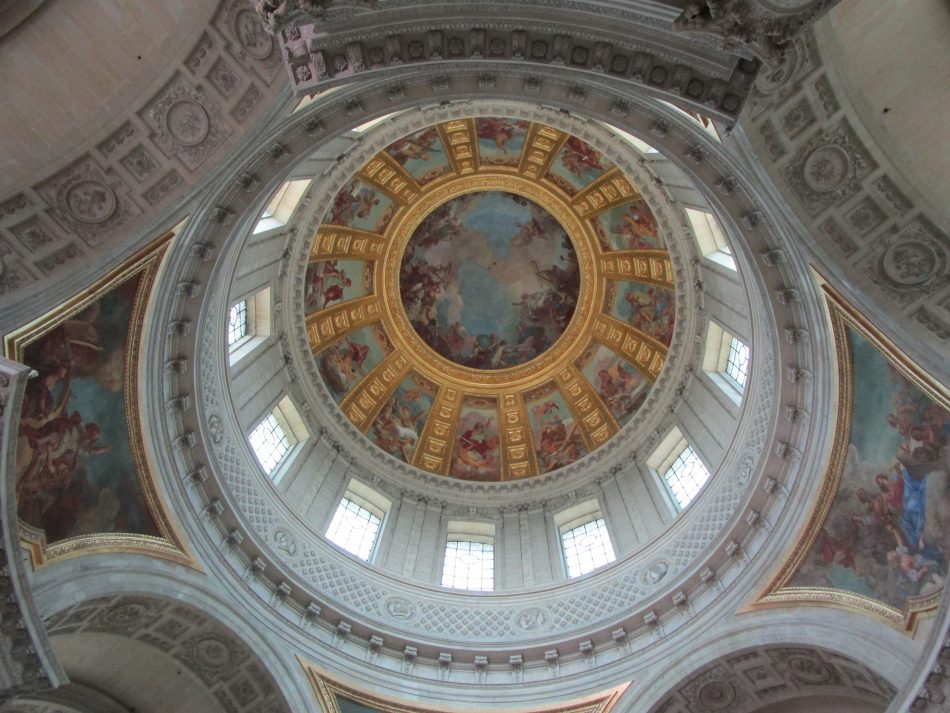

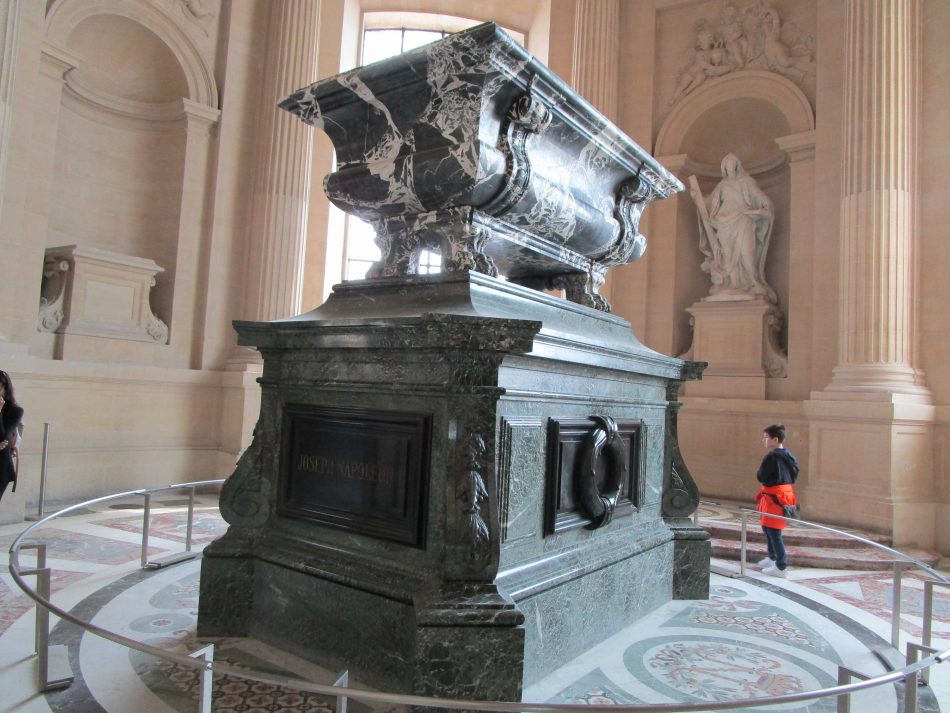
Here is a model of the dome and the hospital (now the museum) complex.

While my wife went to the café in search of refreshment, I checked out the “Extra-Ordinary Cabinets”. Here I found models of brass and wood artillery pieces and a large collection of toy soldiers. The display consisted of lead soldiers, tin flats, and the Wurtz-Pees collection of 16,000 cardboard soldiers from the early 1800s.
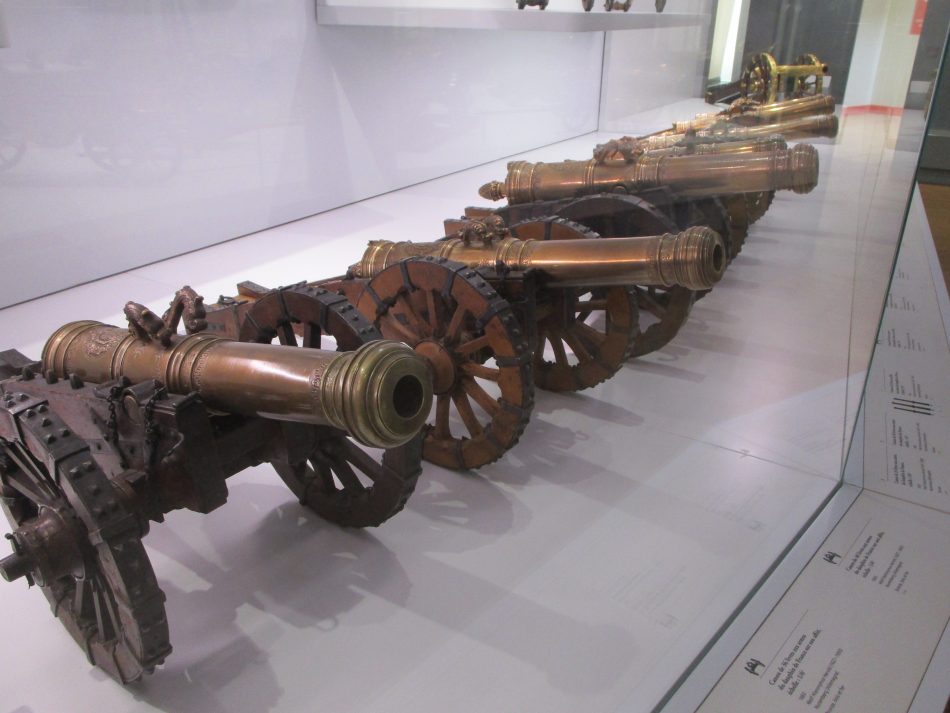
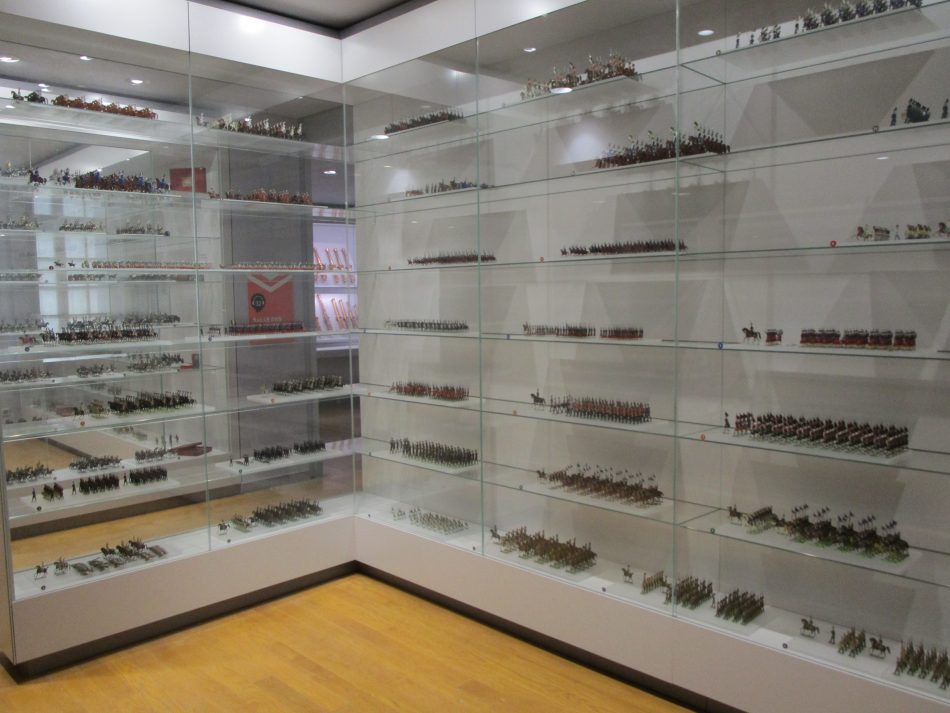
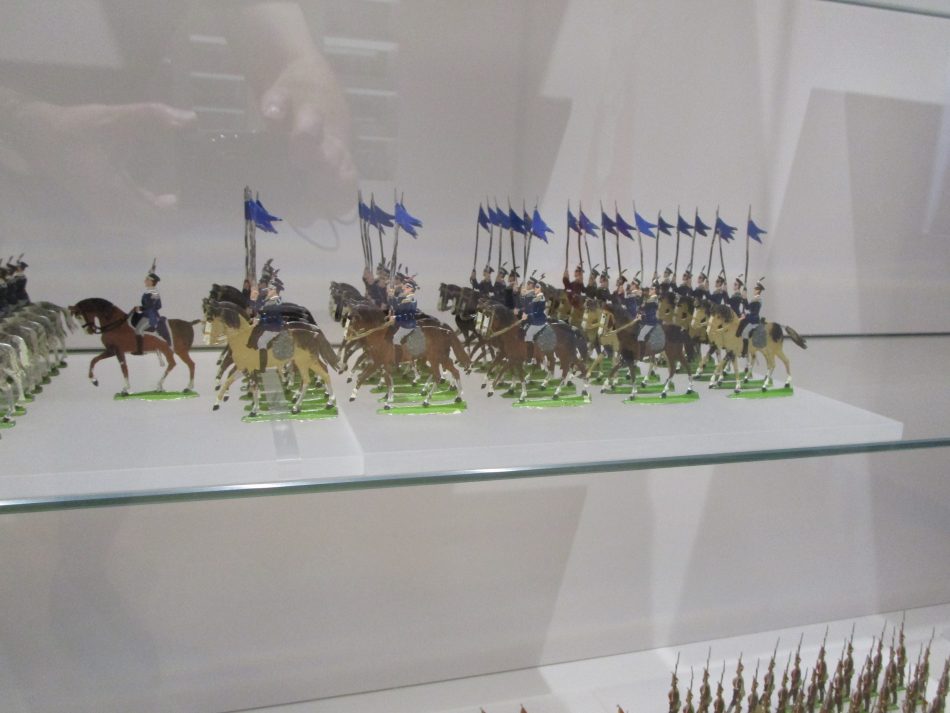
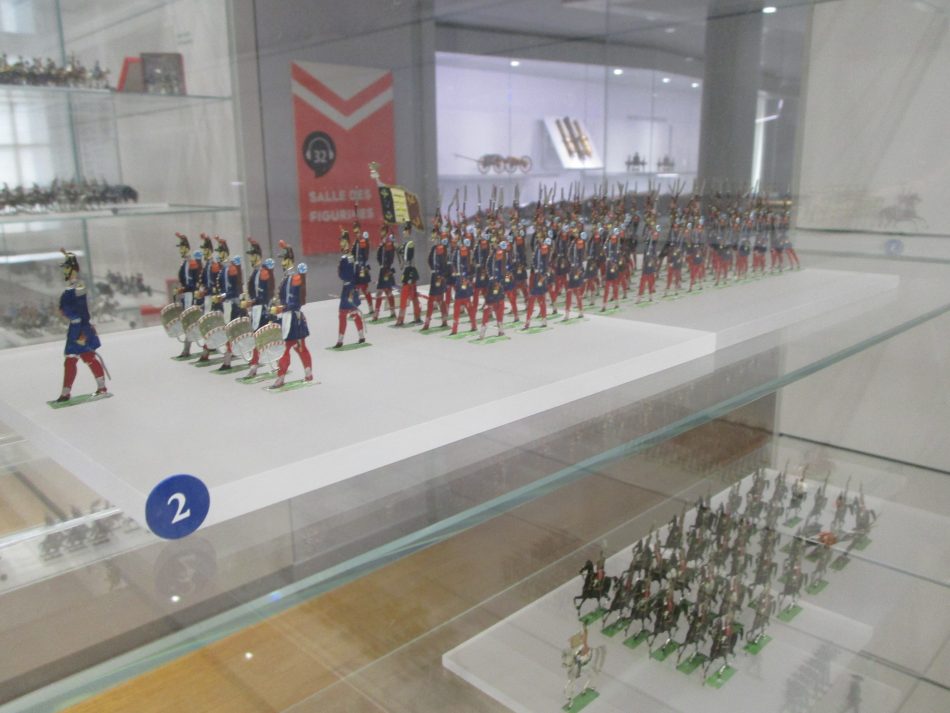
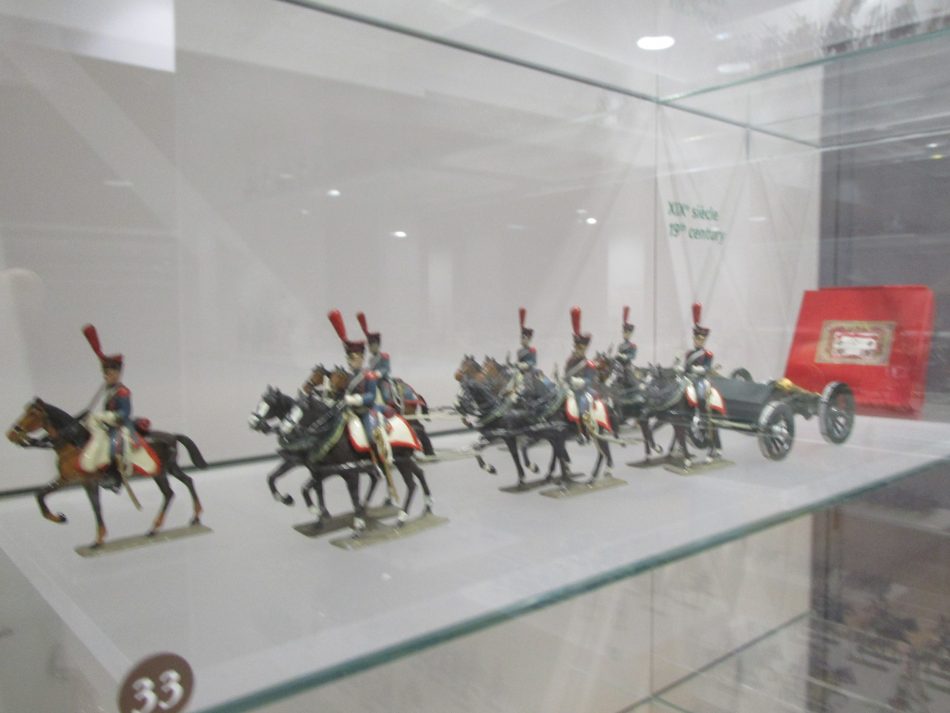

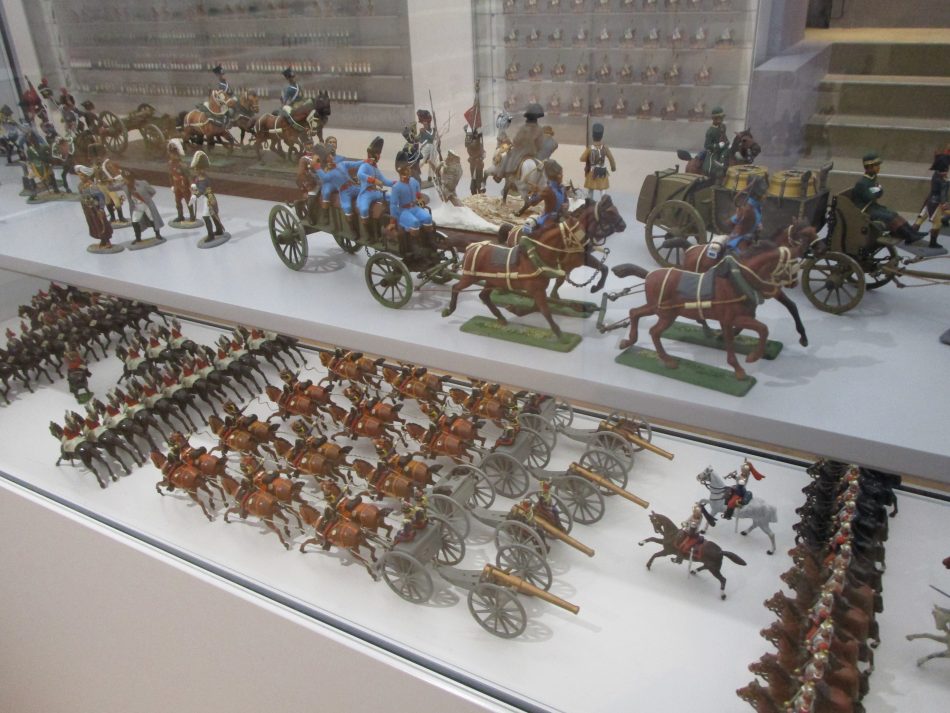
This guy looks familiar.

Cardboard soldiers.
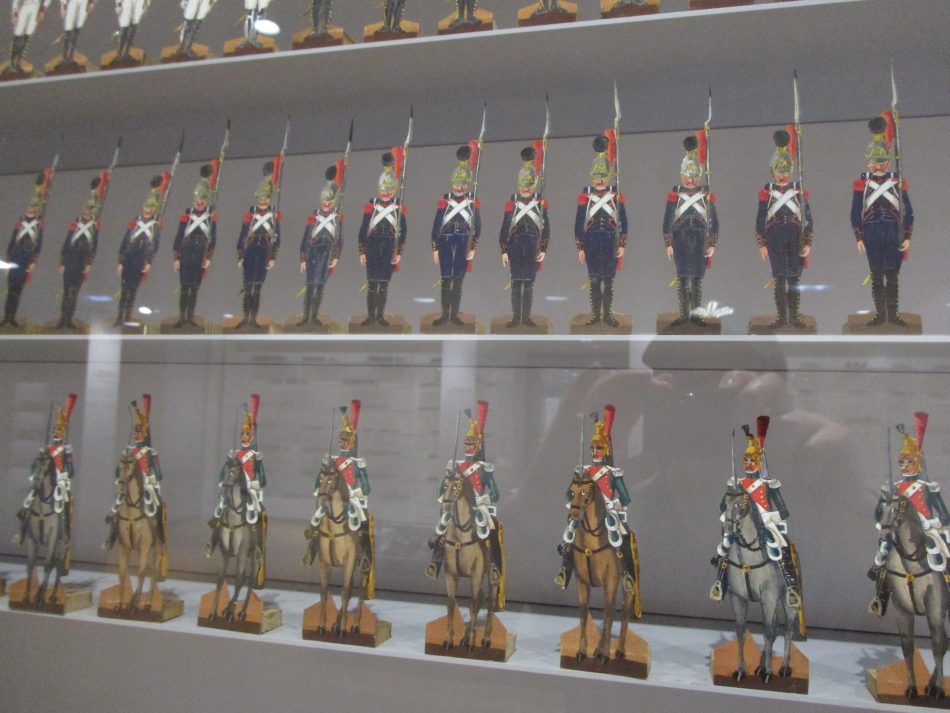
After the toy soldiers, I visited the 17th and 18th-century areas with an emphasis on the Napoleonic wars. This was a Napoleonic war buffs dream, but I wasn’t able to take too many good photos as it was so dark (again to preserve the very old artifacts). And unfortunately, most of the Waterloo artifacts were out on loan.
Napoleon’s coronation.
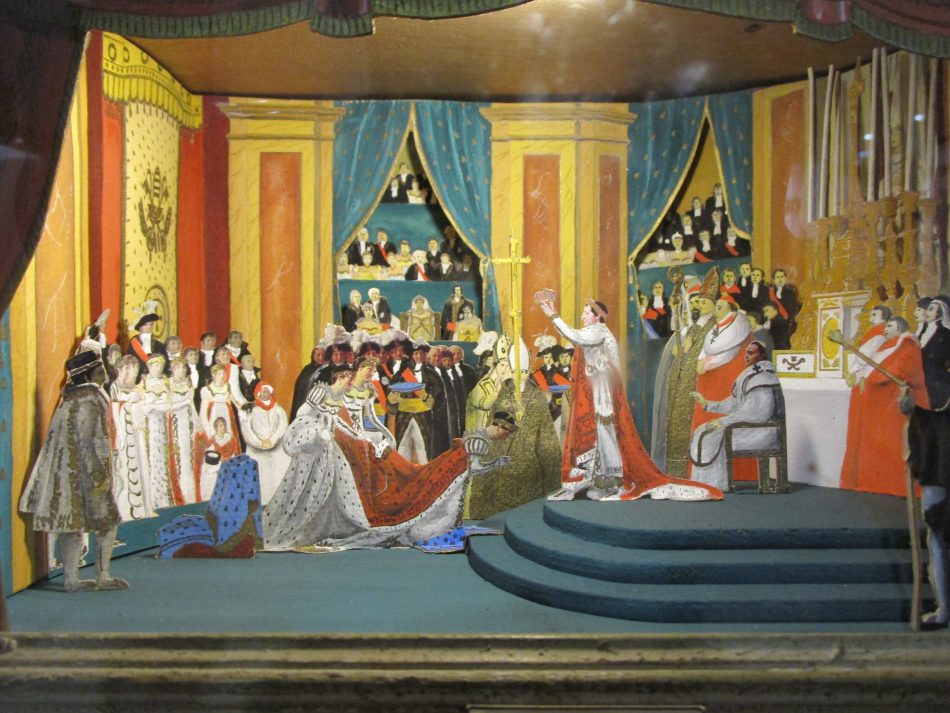
Napoleon’s quarters while on campaign.


These were the map pieces of the Austrian army that Napoleon used on campaign.
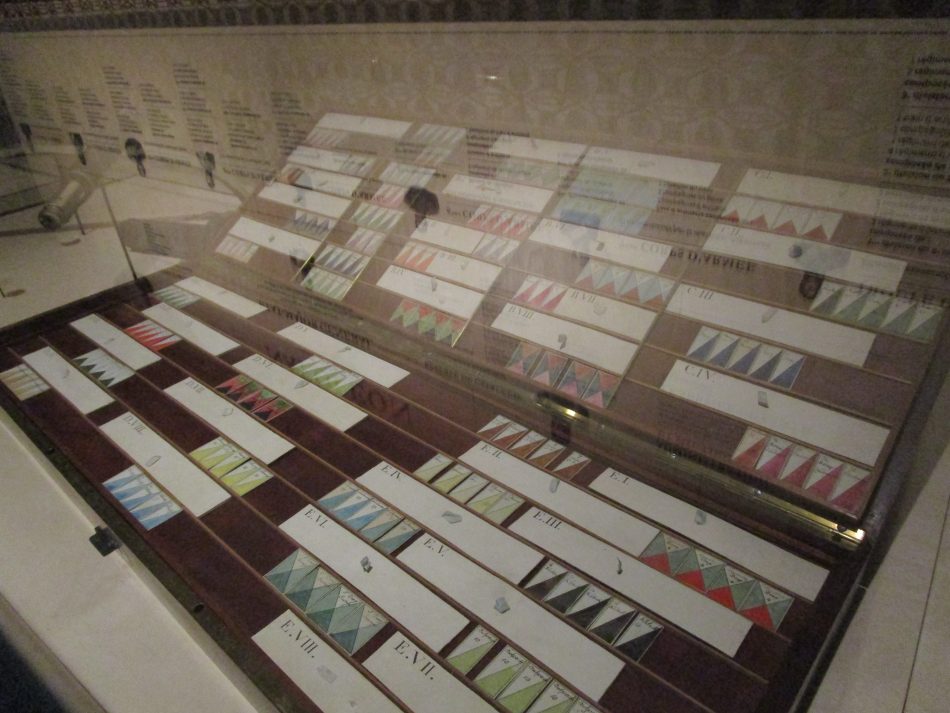
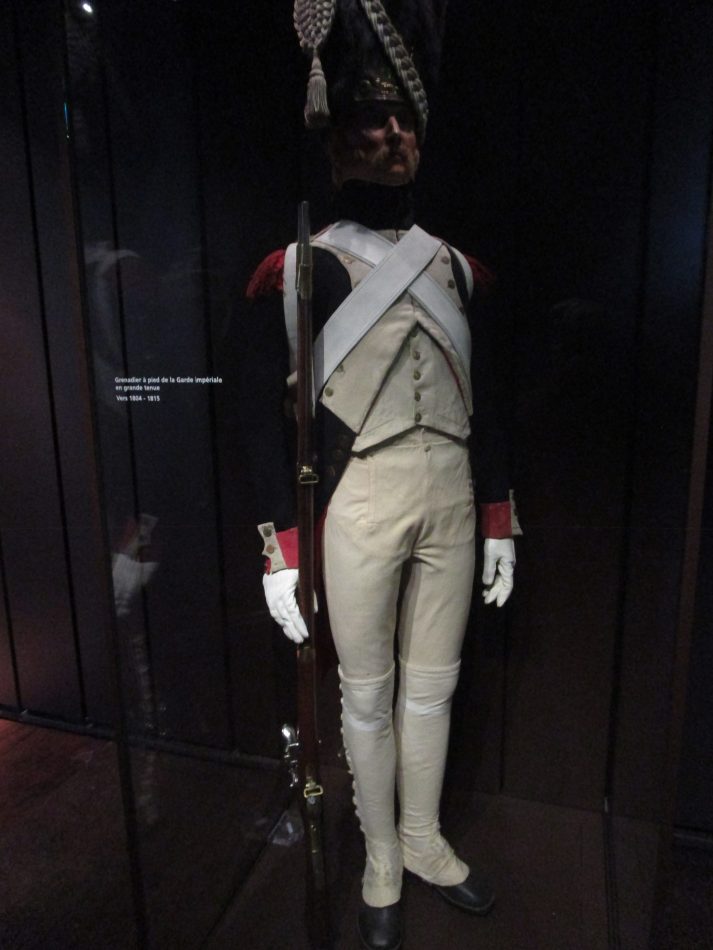
The lone British display. But then most of the Waterloo items were on loan.
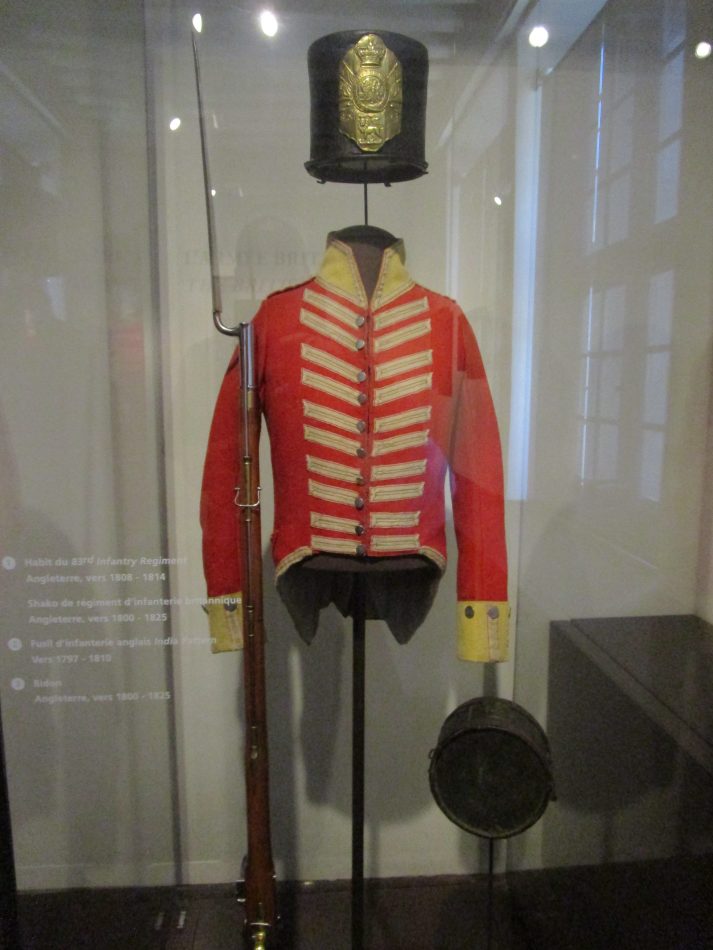
Some mid-19th century uniforms.

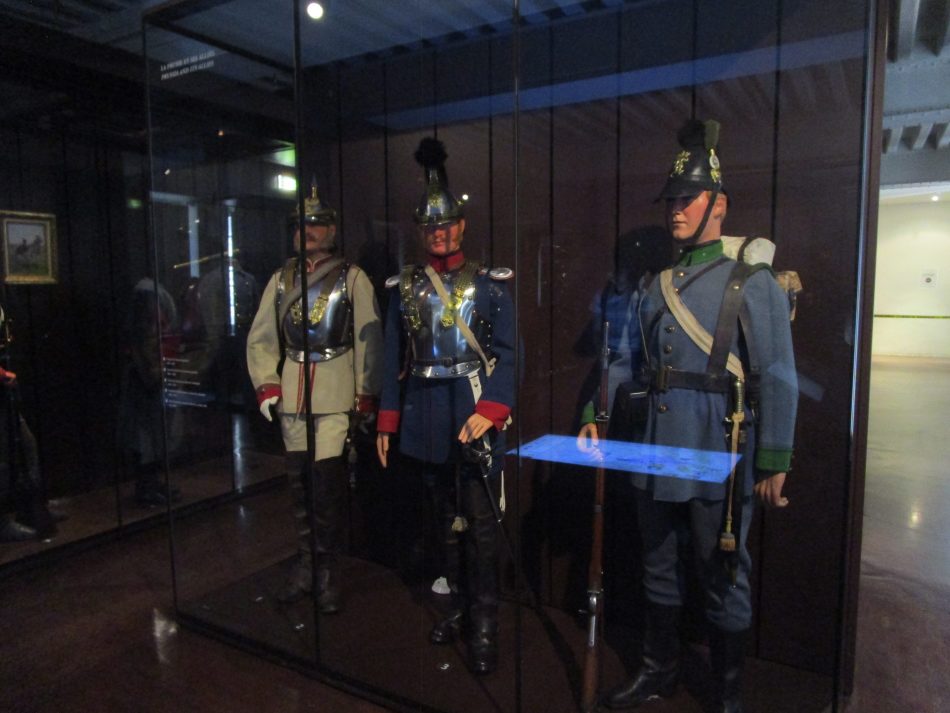
The courtyard of the complex looking towards the dome. I can imagine some grand military parades taking place there, but I would feel sorry for the troops doing their foot drill as the cobblestones were huge.

With only so much time in Paris, I had to forgo the Arms and Armour area, the de Gualle Museum, and the Museum of the Order of the Liberation. Though I did come across a real gem for those who love the scenery aspect of wargaming. It was a room full of “Plans-Relief” or Historical Scale Models. They date from 1668 all the way to the late 1800s.
They depict key sites that were defended by the French in France and overseas. The room was extremely dark and perhaps because it was on the top floor of the building, almost no one seemed to visit it. I had the place all to myself with the exception of the security staff. It was very warm and I almost didn’t want to climb the stairs, but I’m glad I did.
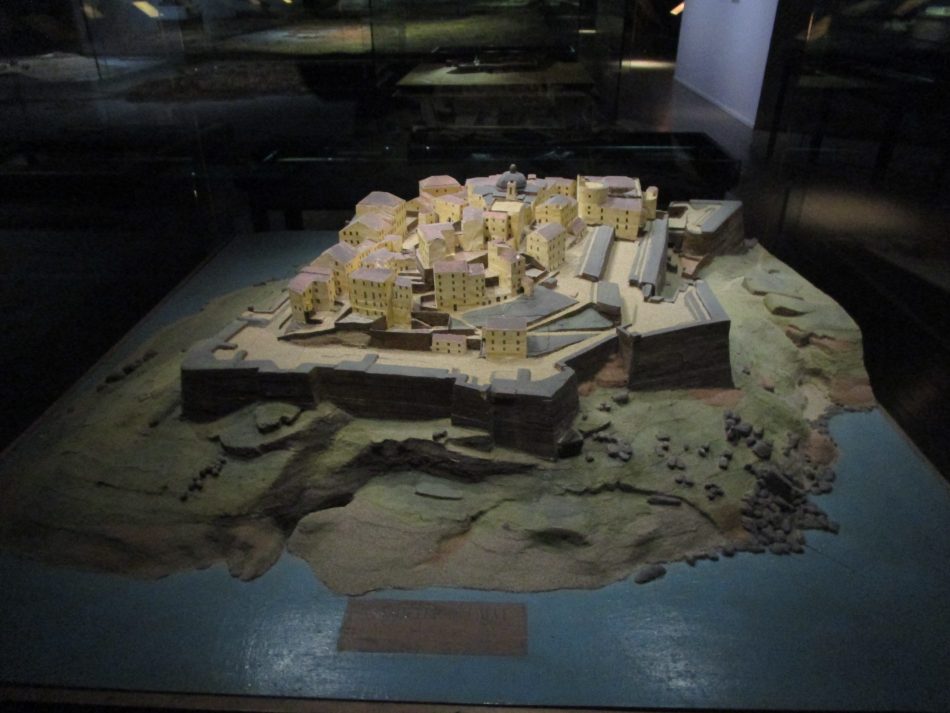
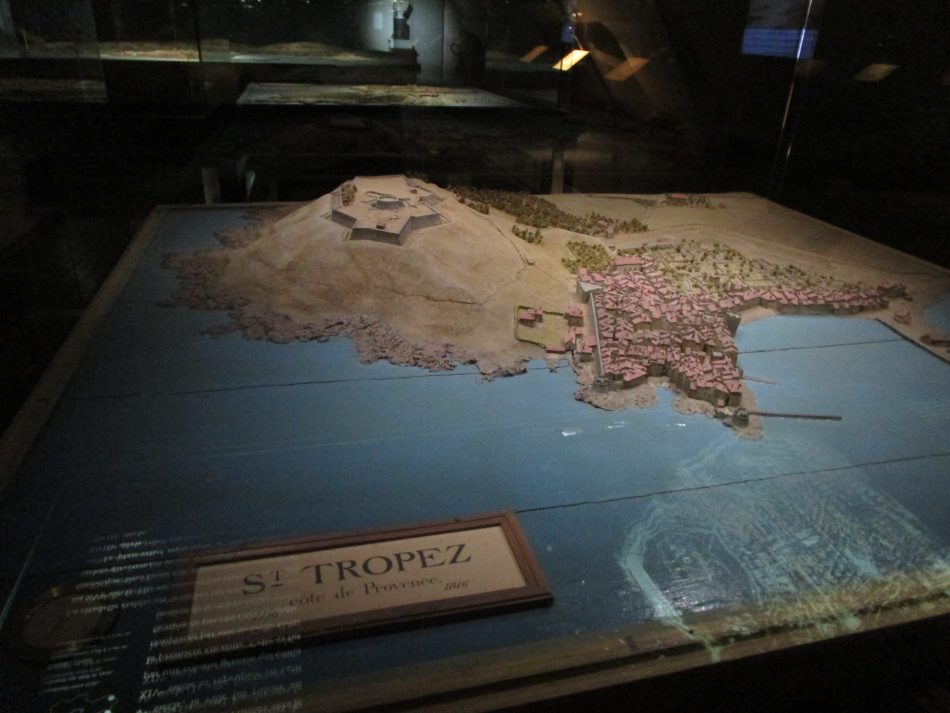
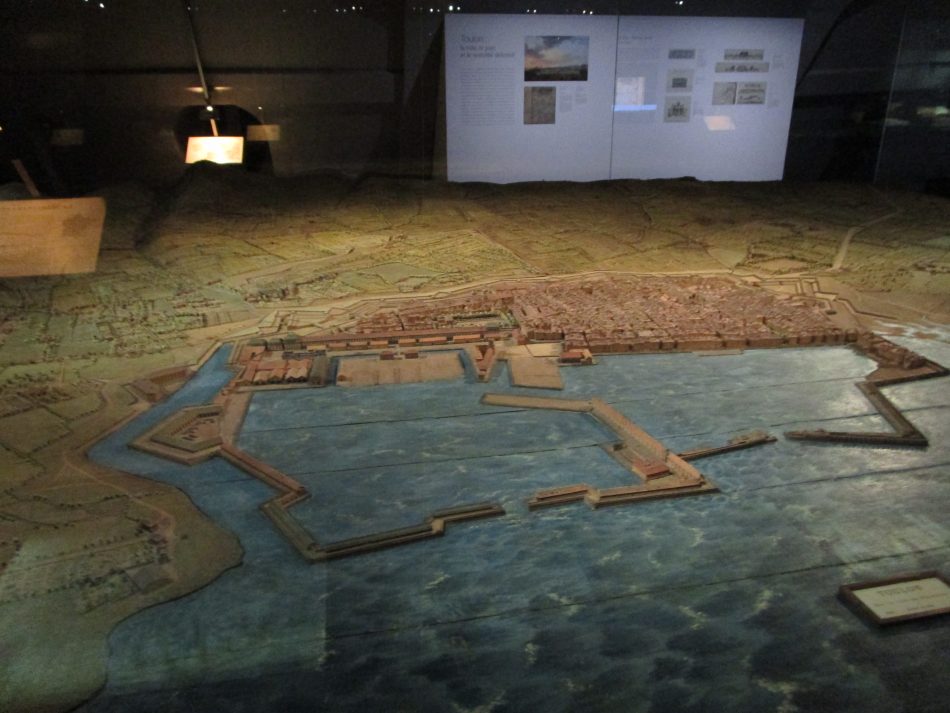
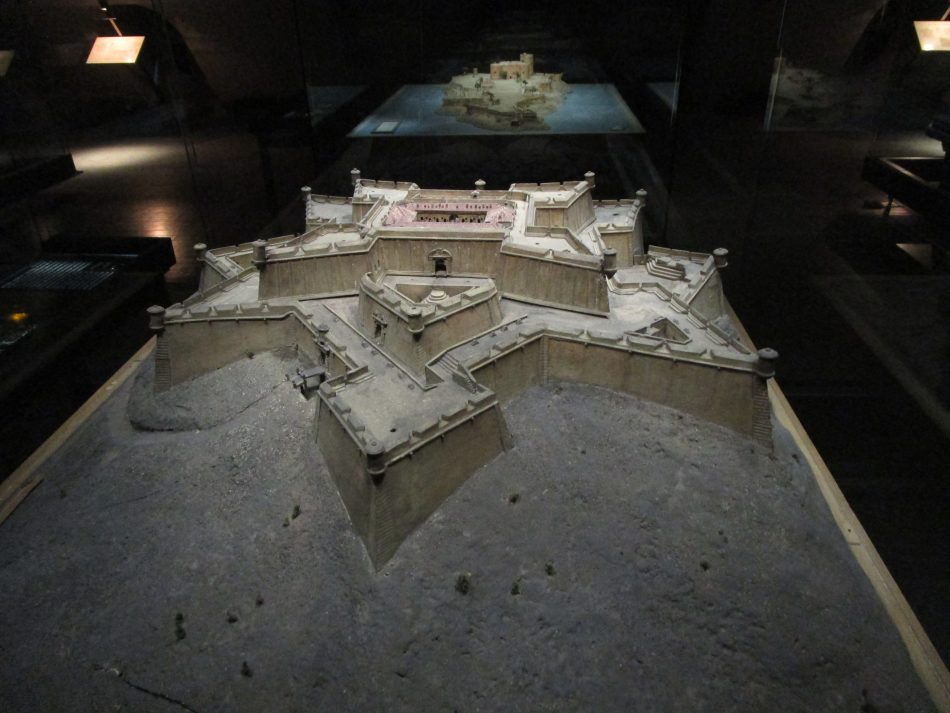
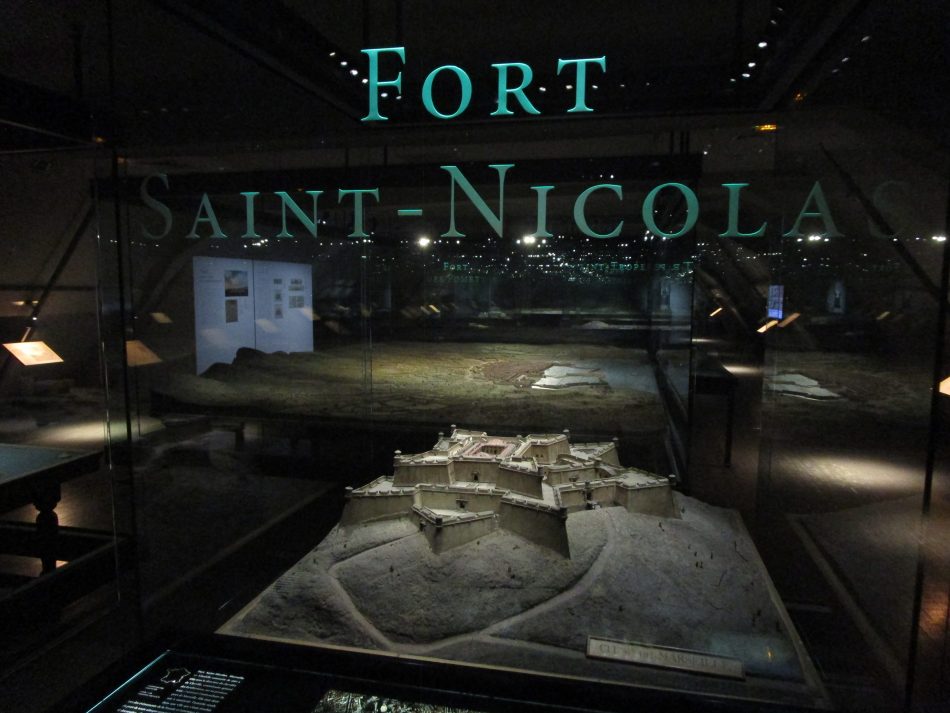


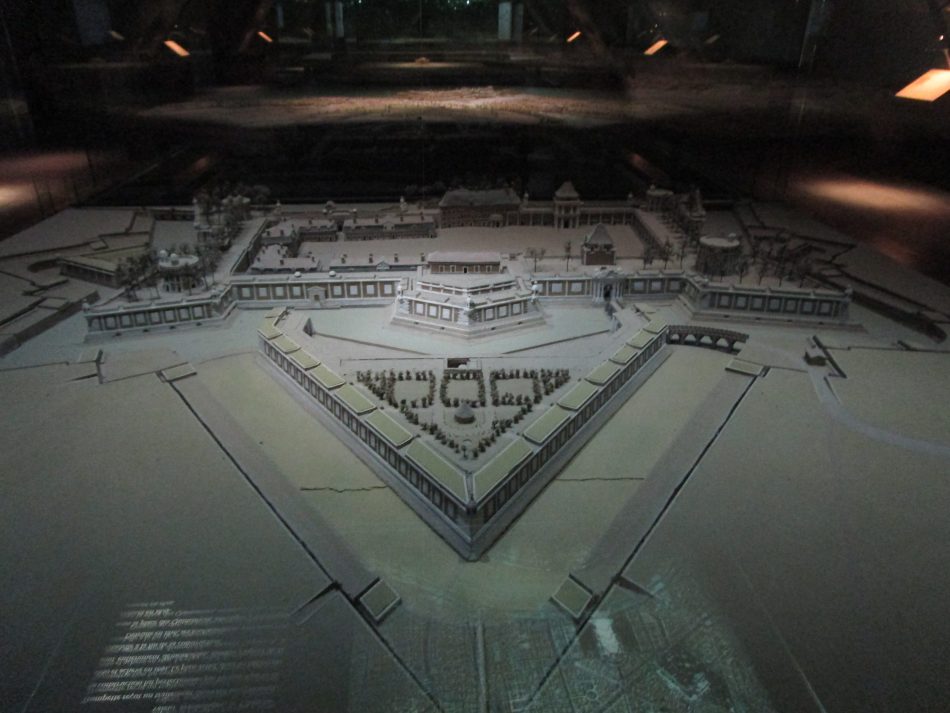



I quickly checked out the temporary exhibition, which was about war photography. I was expecting to see iconic photos from various wars, but it was mainly the history of war photographers. I didn’t find it very interesting.
I didn’t have time to see all of the museums, which just means that another visit to Paris is something to be considered. And by then the Waterloo area will have returned. It goes without saying that this museum is a must-see. Just make sure you have enough time.
The Seine end of the complex. From here it’s just a short walk to the river Seine.
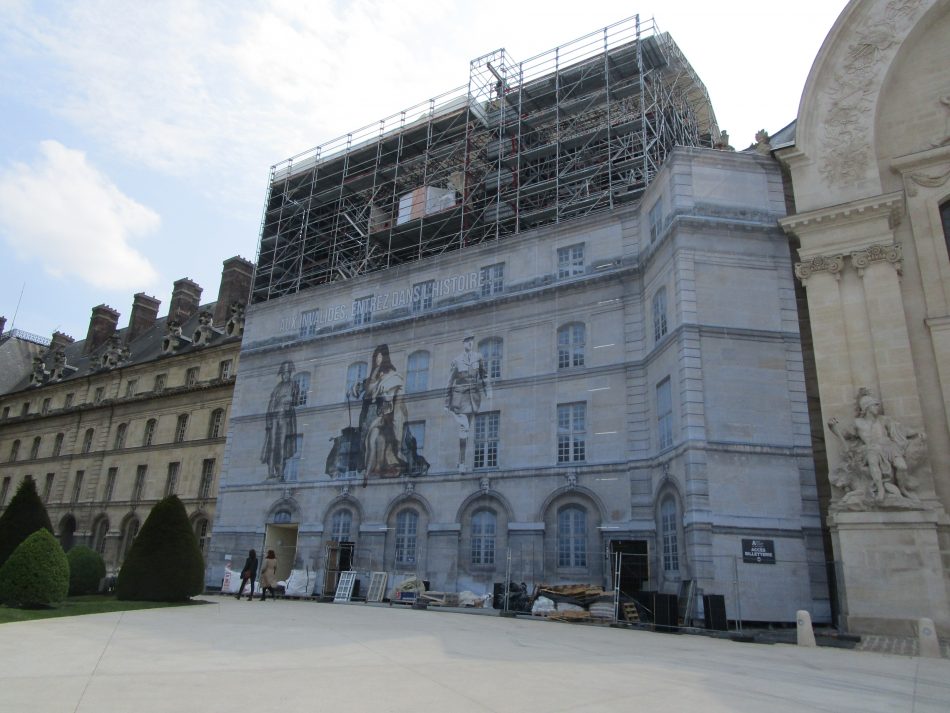
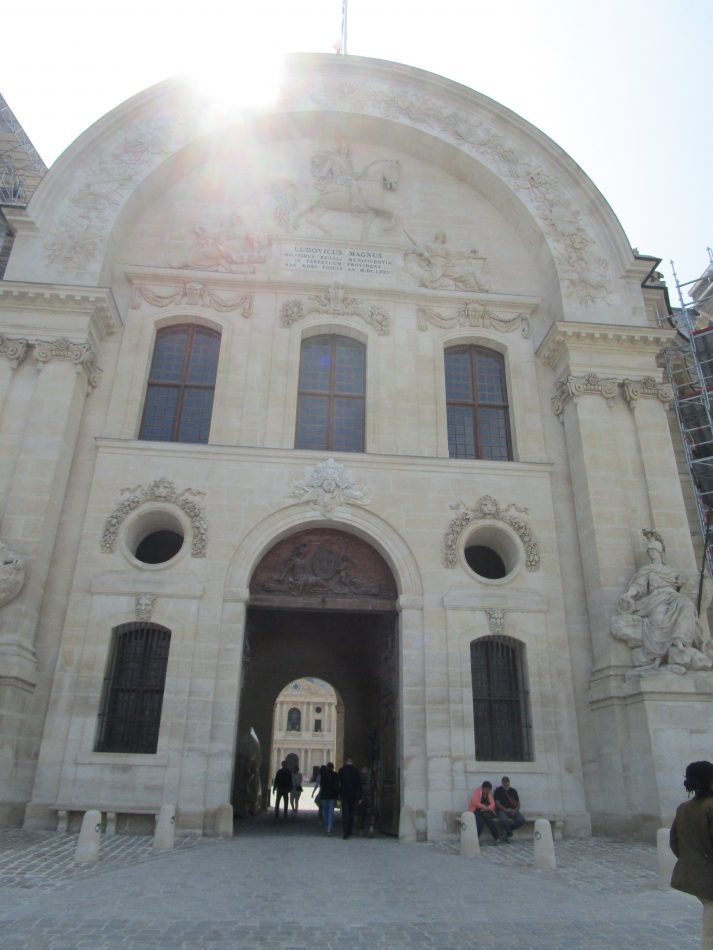
I’ll be doing my museum reports in chronological order. Next up will be the Swedish Army Museum in Stockholm.

Thanks so much, great article with fantastic photos, very inspiring!
Very nice trip! These are on my ‘to see’ list when Paris beckons.
Nice one !